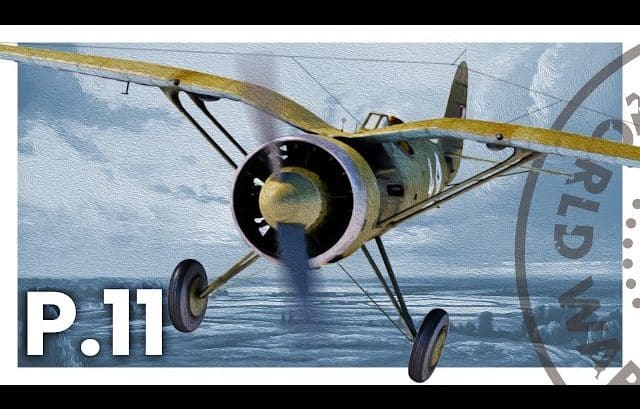The PZL P.11 was still the main fighter plane of the Polish Air Force before Germany invaded Poland. Despite being considered as obsolete at that time, it was the same plane that became a thorn in Germany’s side.
Highly Innovative Plane
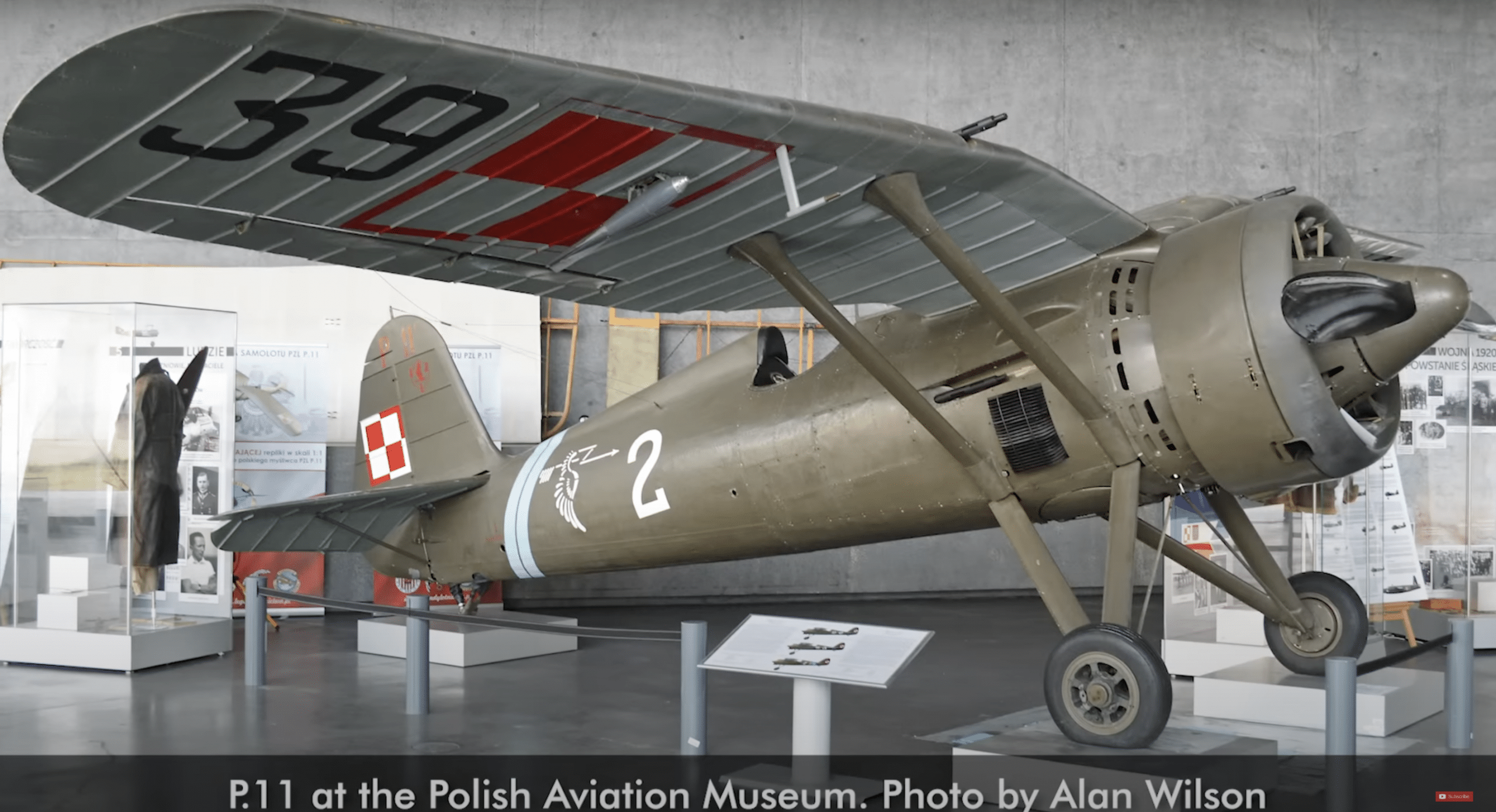
The P.11 was a highly innovative Polish monoplane fighter aircraft with a very distinctive high-mounted gull wing. Designed in the 1930s, it still remained the main fighter plane of the Polish Air Force before WW2.
General Interest
The increased interest in the Polish fighter is easily explained by what other major powers were fielding as their main fighter plane in 1933.
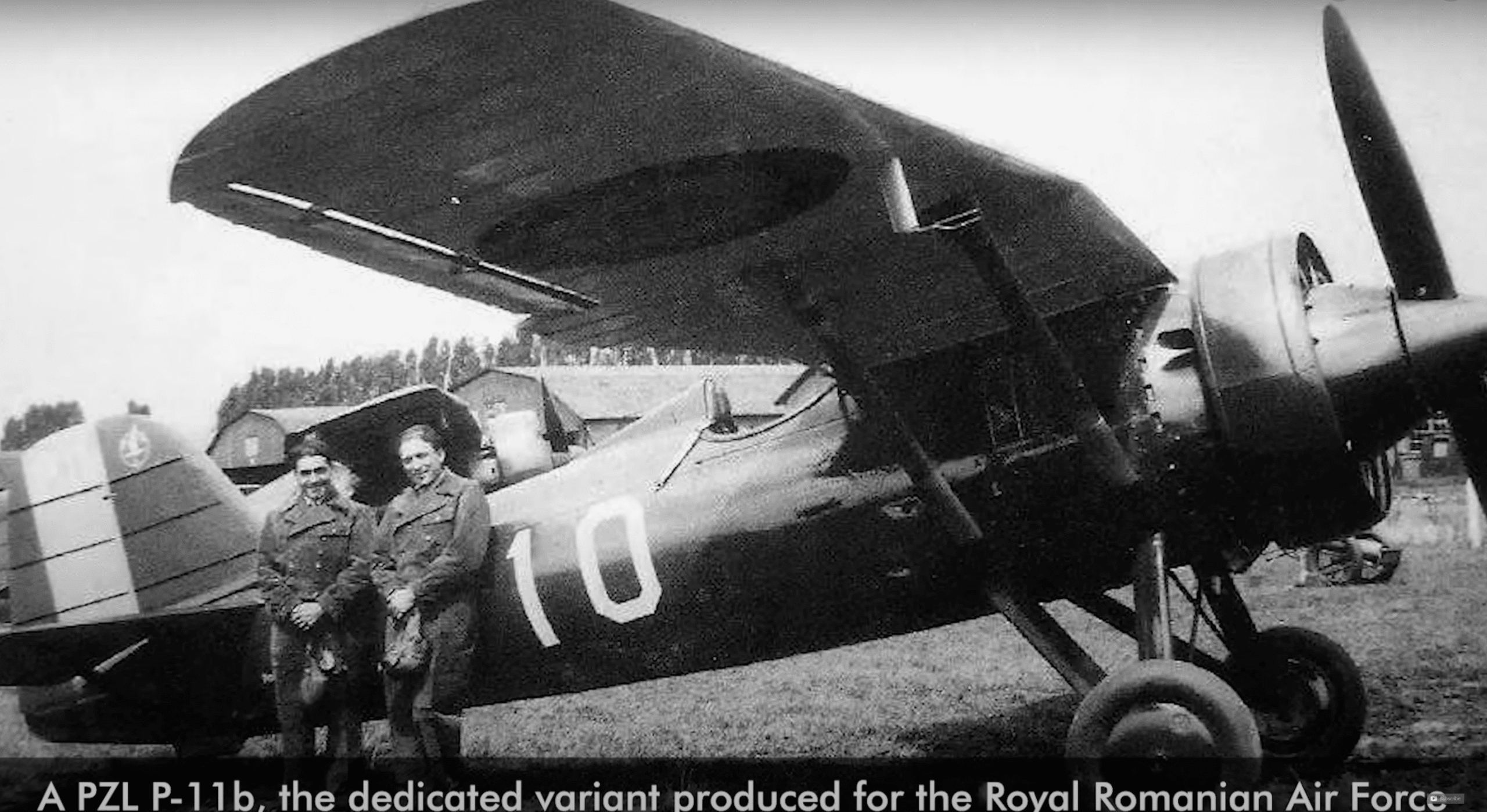
Romania ordered 50 P11s for the Romanian Air Force. Other countries also expressed interest in the fighter. This includes countries like Turkey, Portugal, Greece, Sweden, Yugoslavia, Czechoslovakia, and Japan.
Most Advanced Fighter for a Time
Briefly, it became one of the most advanced fighter planes produced on a large scale. Its full metal constriction was a rarity at that point, giving considerable sturdiness.
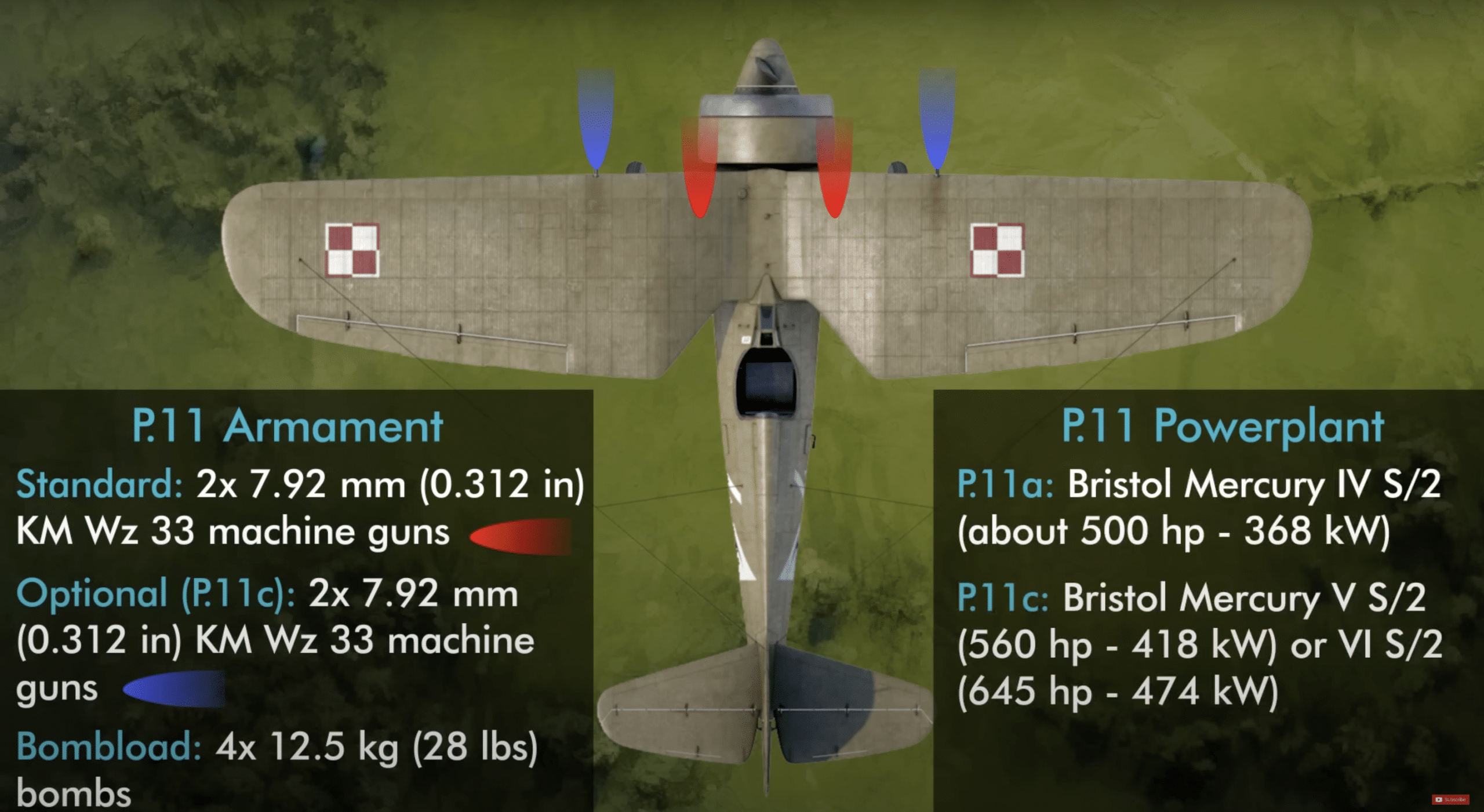
It had a standard armament of two rifle-caliber machine guns, while later variants included two more on the wings.
The initial Polish variant used the Bristol Mercury engine but was later upgraded in the C variant to the Mercury 5, and later the 6. The shape of its gull-wing also gave it excellent visibility.
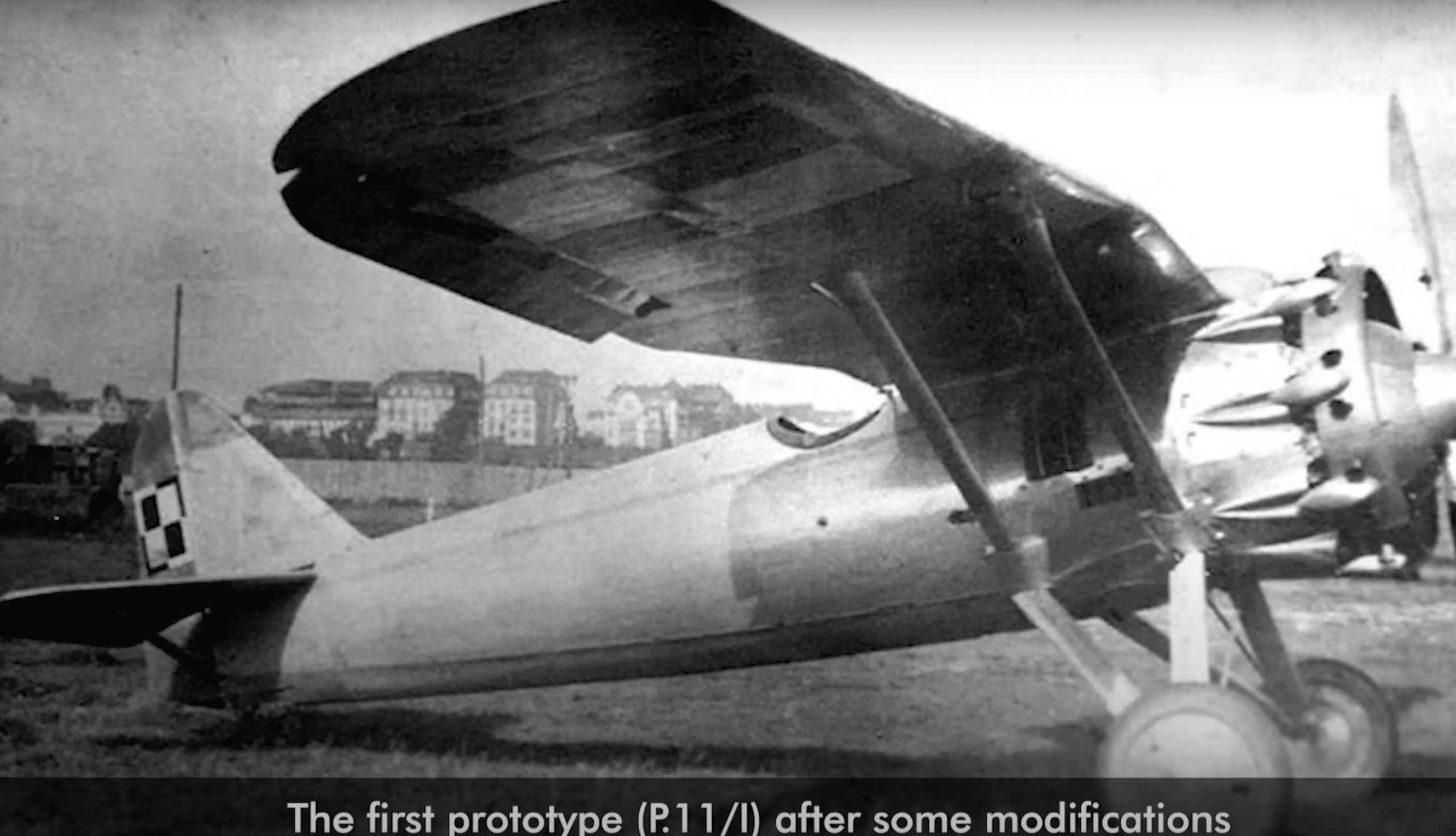
However, it also had elements that made it quickly outdated, like a fixed landing gear, an open cockpit, and a fixed pitch two-bladed wooden propeller.
A Thorn
On the day Germany invaded Poland and started WWII on September 1, 1939, the Polish Air Force had 1 out of 15 squadrons equipped with P-11s. The Luftwaffe, on the other hand, had more planes – technically, 3 German fighters for every Polish one.
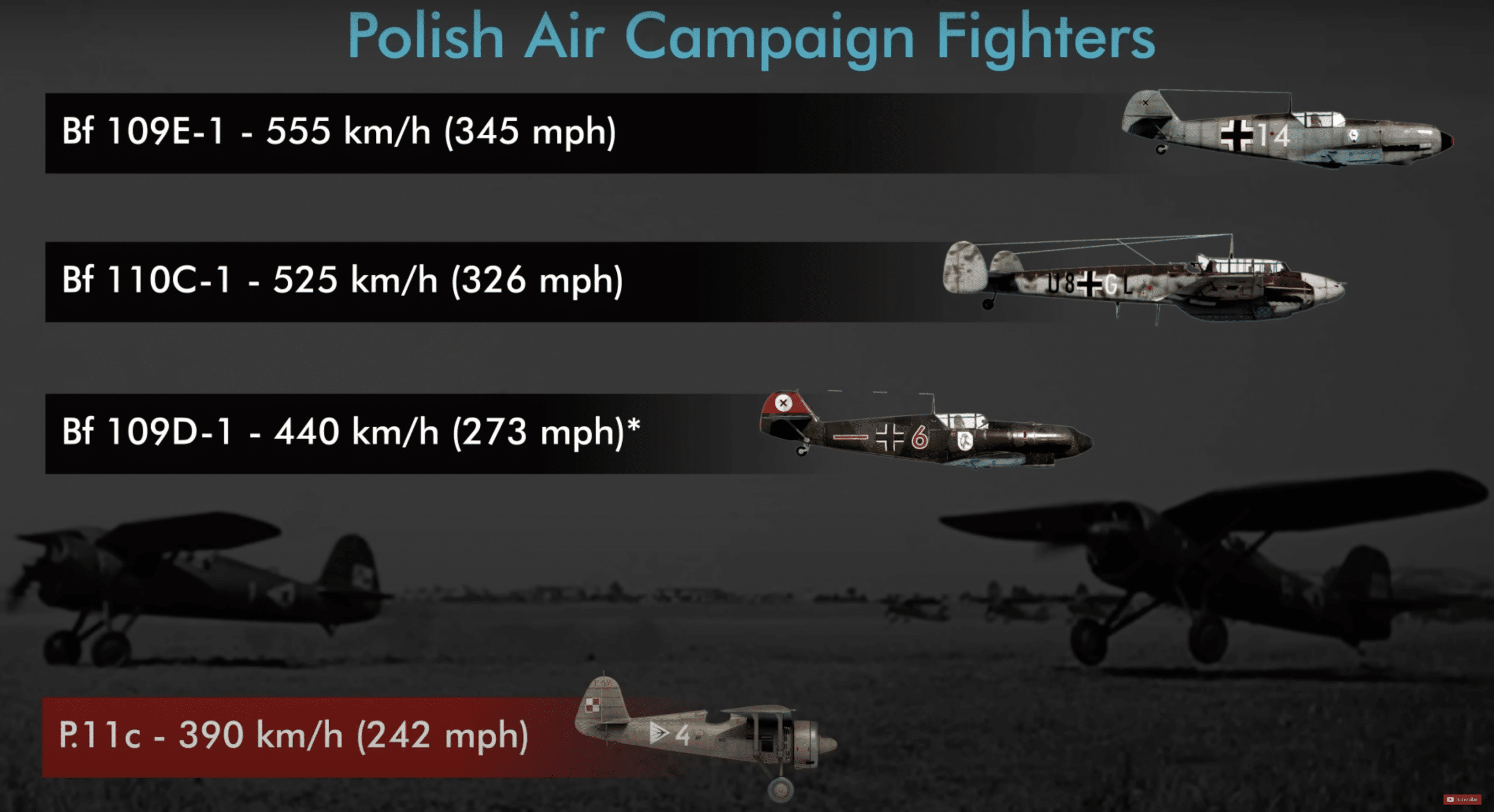
P.11s confronted the formidable power of a newly modernized Luftwaffe but with unfavorable results. Amidst everything, there were moments of success.
It’s frequently said that a P.11 achieved one of the first Allied victories of WWII. One of them is the victory of Lt. Aleksander Gabszewicz where he and two wingmen caught He-111s.
Polish Fighting Spirit
Despite being outdated, it’s still quite amazing that Polish fighter pilots were able to take down more than 100 German aircraft using the P.11. This was due to two main factors – excellent training and high morale.
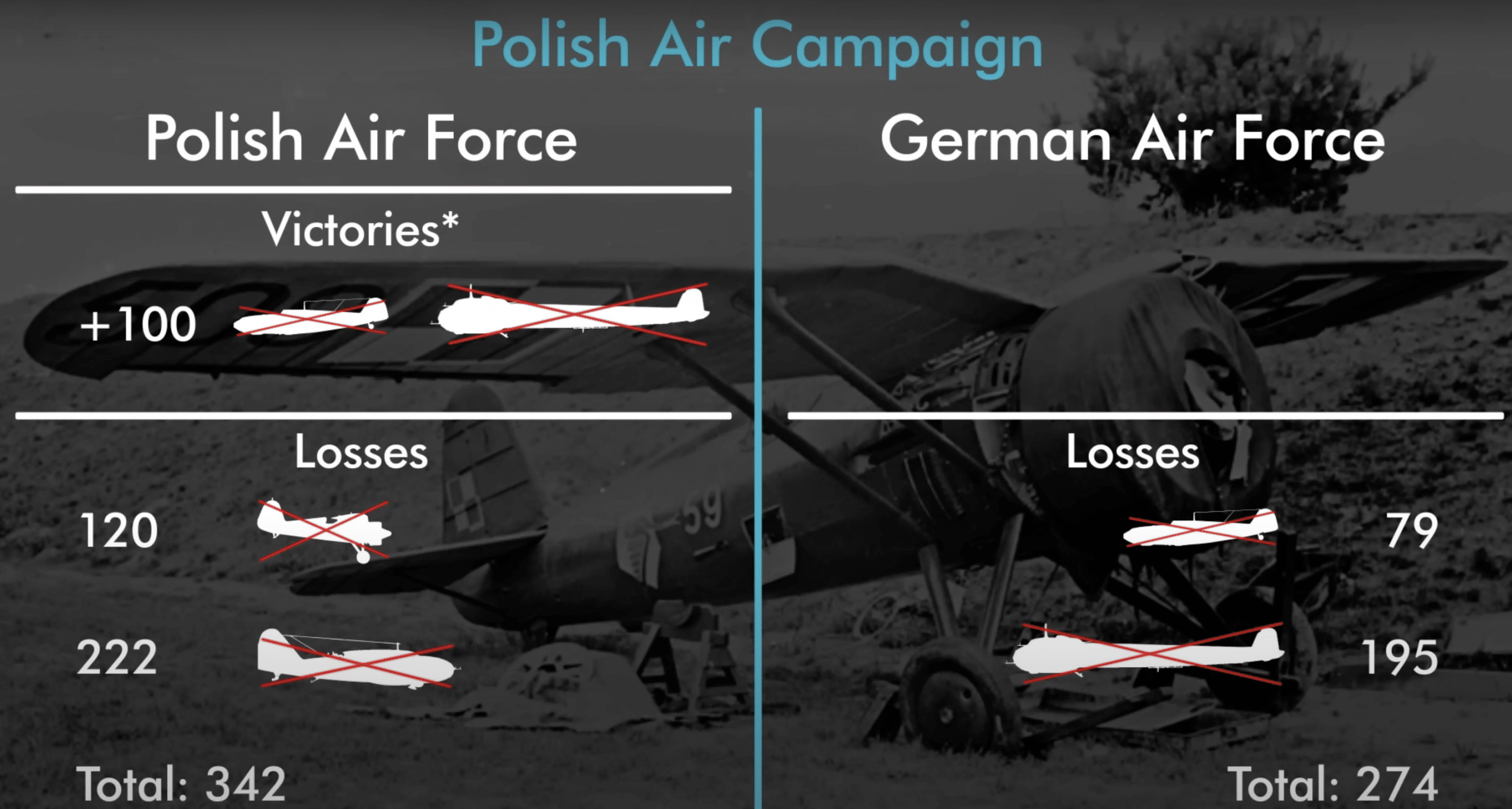
As a further testament to the Polish fighting spirit, after their retreat to Romania, about three-quarters of the Polish Air Force’s personnel had managed to escape to the neighboring country. This includes about 10,000 airmen by the spring of 1940. More than 8,000 more made it to the west, and over 100,000 Polish fighters fought in the battle of France, claiming 60 victories.
When France fell, Polish Air Force integrated itself this time to Britain where Polish squadrons were created and integrated into the RAF, achieving excellent results.
It was a well-known fact that the number 303 Squadron consisting mostly of Polish pilots was the RAF’s most effective squadron during the Battle of Britain. There were 42 aces of Polish origin during WWII.


